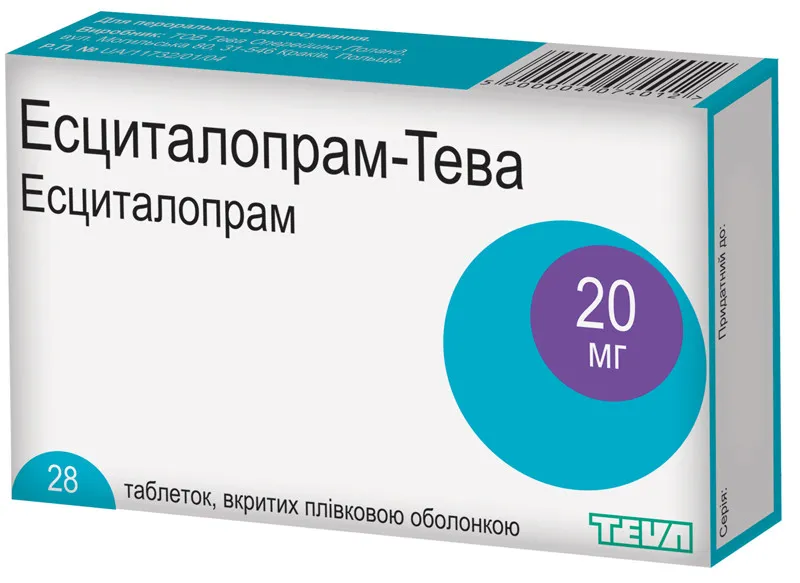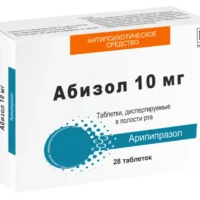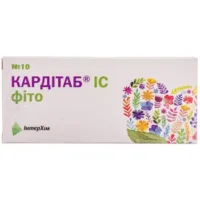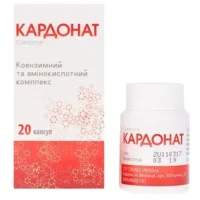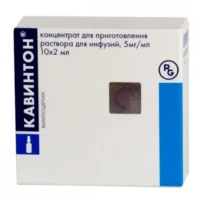Description
Escitalopram-TEVA (escitalopram) Coated Tablets 20 mg. №28
Ingredients:
Each coated tablet contains 20 mg of escitalopram.
Dosage:
The usual recommended dose is one 20 mg tablet daily. It is important to follow the instructions provided by your healthcare provider.
Indications:
Escitalopram-TEVA is indicated for the treatment of depression and generalized anxiety disorder. It works by restoring the balance of certain natural substances in the brain.
Contraindications:
Do not use Escitalopram-TEVA if you are allergic to escitalopram or if you are currently taking MAO inhibitors. Make sure to inform your doctor about all medications you are taking before starting Escitalopram-TEVA.
Directions:
Take Escitalopram-TEVA exactly as prescribed by your healthcare provider. It may take a few weeks before you start to feel the full benefits of the medication.
Scientific Evidence:
Escitalopram, the active ingredient in Escitalopram-TEVA, has been extensively studied for its efficacy in treating depression and anxiety disorders. Research has shown that escitalopram is effective in improving symptoms of depression and anxiety, with a favorable side effect profile compared to other antidepressants.
Additional Information:
It is important to continue taking Escitalopram-TEVA even if you feel well. Abruptly stopping the medication can lead to withdrawal symptoms. Consult your doctor before discontinuing the use of Escitalopram-TEVA.
Before starting Escitalopram-TEVA, inform your healthcare provider about any medical conditions you have, especially liver or kidney problems. This will help ensure the safe and effective use of the medication.

